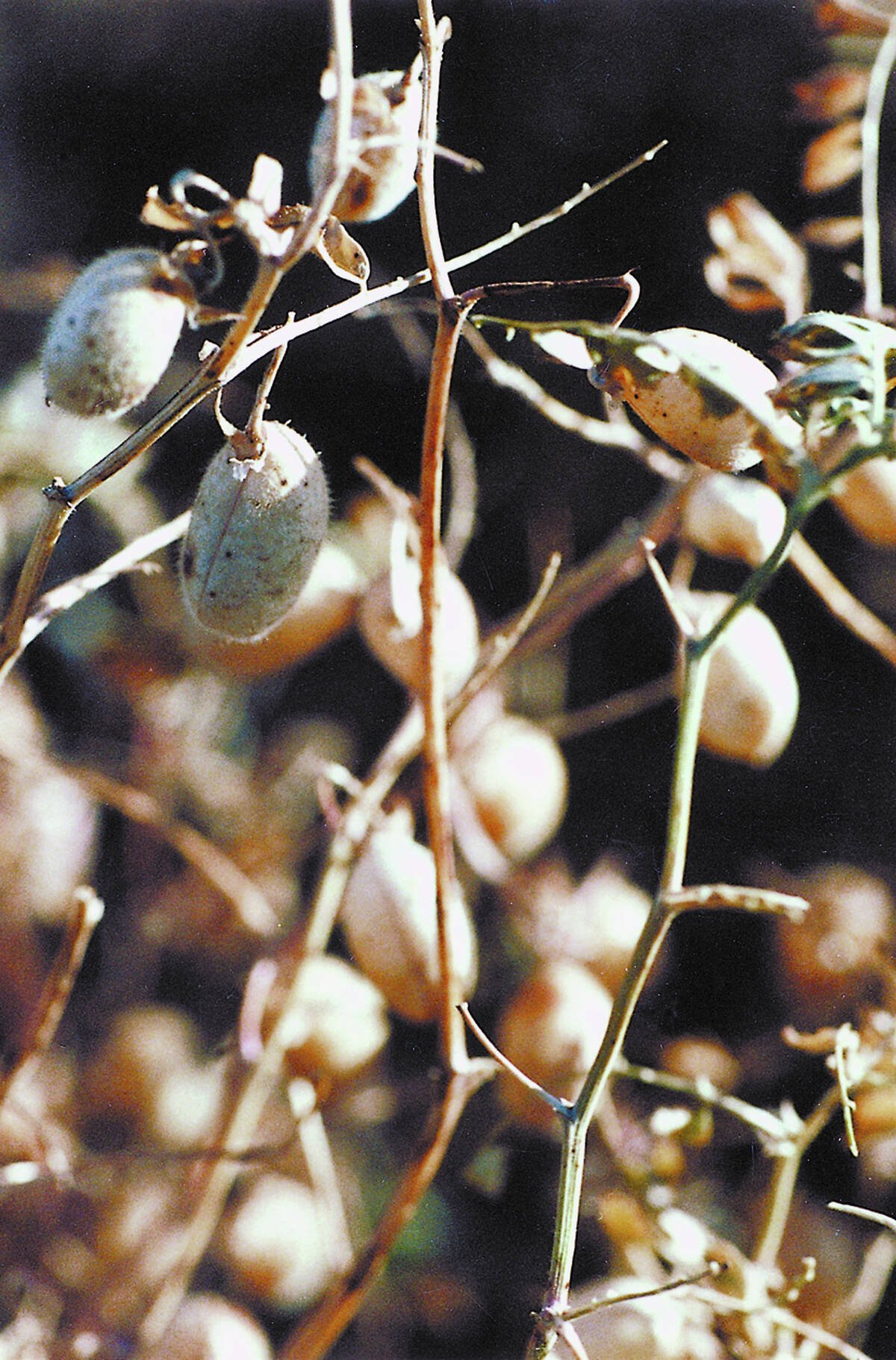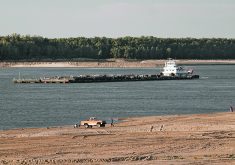MINNEAPOLIS — The canal today is a silted-in wetland, home to a community of songbirds, bugs, marsh plants and hardy riparian weeds that have found a home along the stone and brickwork of the broken wharf.
Rising above it are the ruins of Minneapolis mills, the broken walls, rusting iron and half-hidden arches providing mute testimony to the time when the city was known as the “Flour Milling Capital of the World.”
Looming above this urban wetland are towering smokestacks, concrete terminals and commercial flour signs from a time almost forgotten. Trees now live where thousands of men once worked. Those buildings are now empty.
Read Also

Low-quality chickpeas in abundance this year
There are plenty of low quality chickpeas to move this year but the pet food market is already oversupplied with product.
The Mill Ruins Park sits right beside the Mississippi River and on the edge of downtown Minneapolis, where it made much sense to place a booming commodity business in the late 19th and early 20th centuries.
But alas, the economic conditions that made this the ideal place to mill, unload and load grain and flour, and operate a heavy industry shifted many decades ago, leaving this area derelict and a bride to the wrecking ball. Only through the work of historical preservationists were the ruins saved to remind us of milling’s vital role in this city’s history.
That history is tied to Western Canada more tightly than many farmers realize. Chicago might have been the gateway to the U.S. Midwest, but St. Paul-Minneapolis was the entranceway for many to the Great Plains and Canadian Prairies before the Canadian Pacific Railway, then the funnel for much grain and other agricultural trade going the other way, to eastern markets.
Minneapolis is still a capital of the grain trade, but you have to look a little harder to find it. On a beautiful green campus a few kilometres west, bisected by Betty Crocker Drive, is the General Mills world headquarters. Here is the buyer of immense amounts of western Canadian oats, which it makes into Cheerios and many other products. Other major buyers of Canadian crops and agricultural products are sprinkled through the area, as are giant mills and processing plants, which these days are located away from densely packed urban areas like the Minneapolis city centre.
Do Minneapolitans realize they live in the core of an immense agricultural industry? That’s doubtful, with local heroes like Target being more in line with what people think today’s economy is based upon.
Most probably think of the grain industry as a relic of the past, like Mill Ruins Park’s industrial archaeology. For the tens of thousands of sequined, braceleted and cowboy-booted fans of Taylor Swift streaming to her two mega-concerts last weekend, there wasn’t much to make them think of ag as they entered the cavernous U.S. Bank Stadium.
But perhaps Minneapolitans and the Swifties, including thousands of Manitobans, are wistful and have emotion-tinged memories of times when this great plains and prairie society was younger, simpler, a bit more country and able to be just what it is.
That’s where Taylor Swift was in her The Eras concerts, wandering wistfully through the distinct periods of her earlier work, while expressing her new works, which poured out during the pandemic.
Down at Mill Ruins Park, that flour milling and grain history might seem to place the industry in the past, but by turning around, one could see towering new locks on the Mississippi, while along the river enormous barges using much bigger and more sophisticated loading facilities carry many times as much grain to world markets than in the days of the downtown mills.
Some things change. Some stay the same. Farmers, agriculture and the grain industry have been through many eras, but in the end it’s still a vibrant, creative beast that can look back with nostalgia but never stops recreating itself.
















